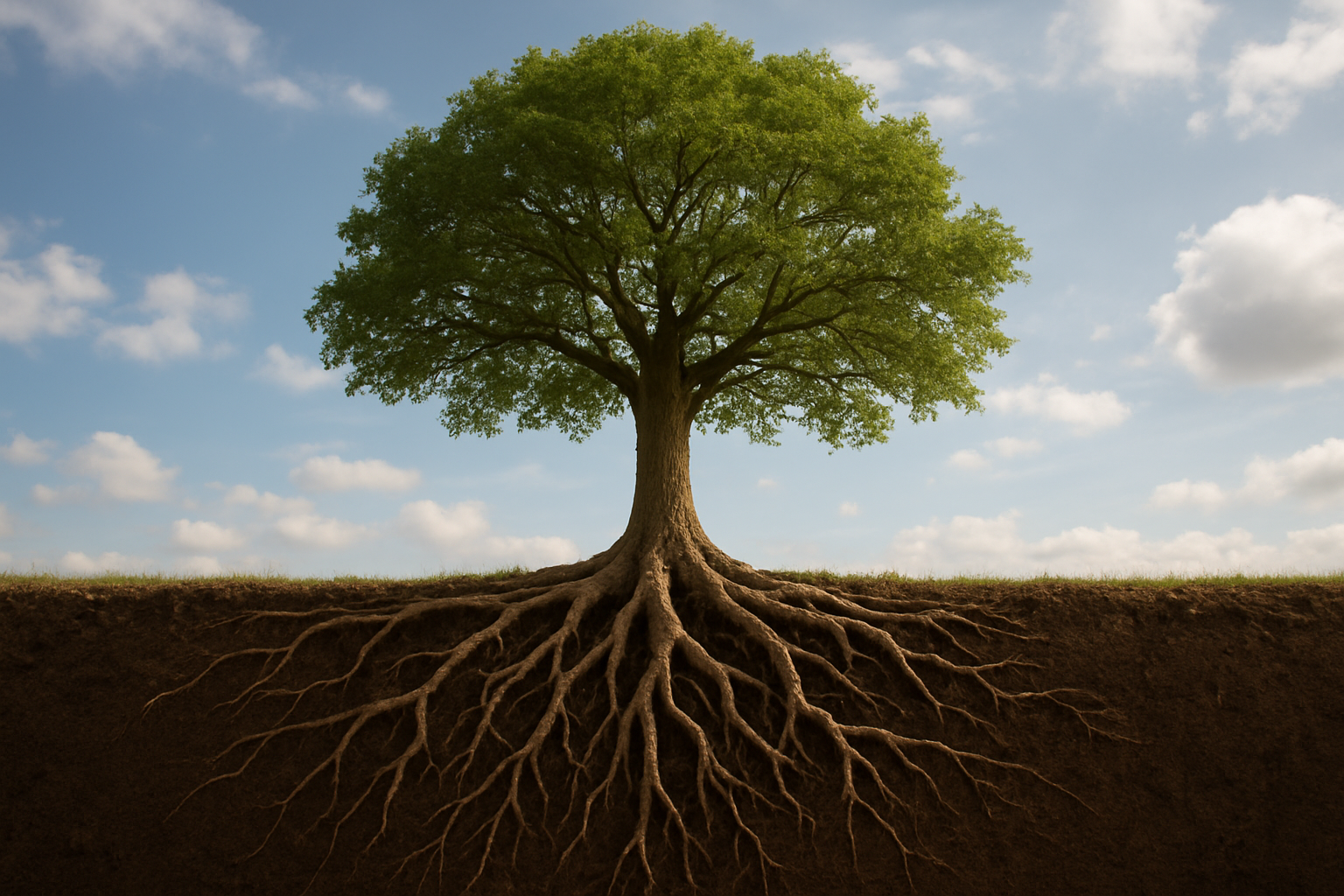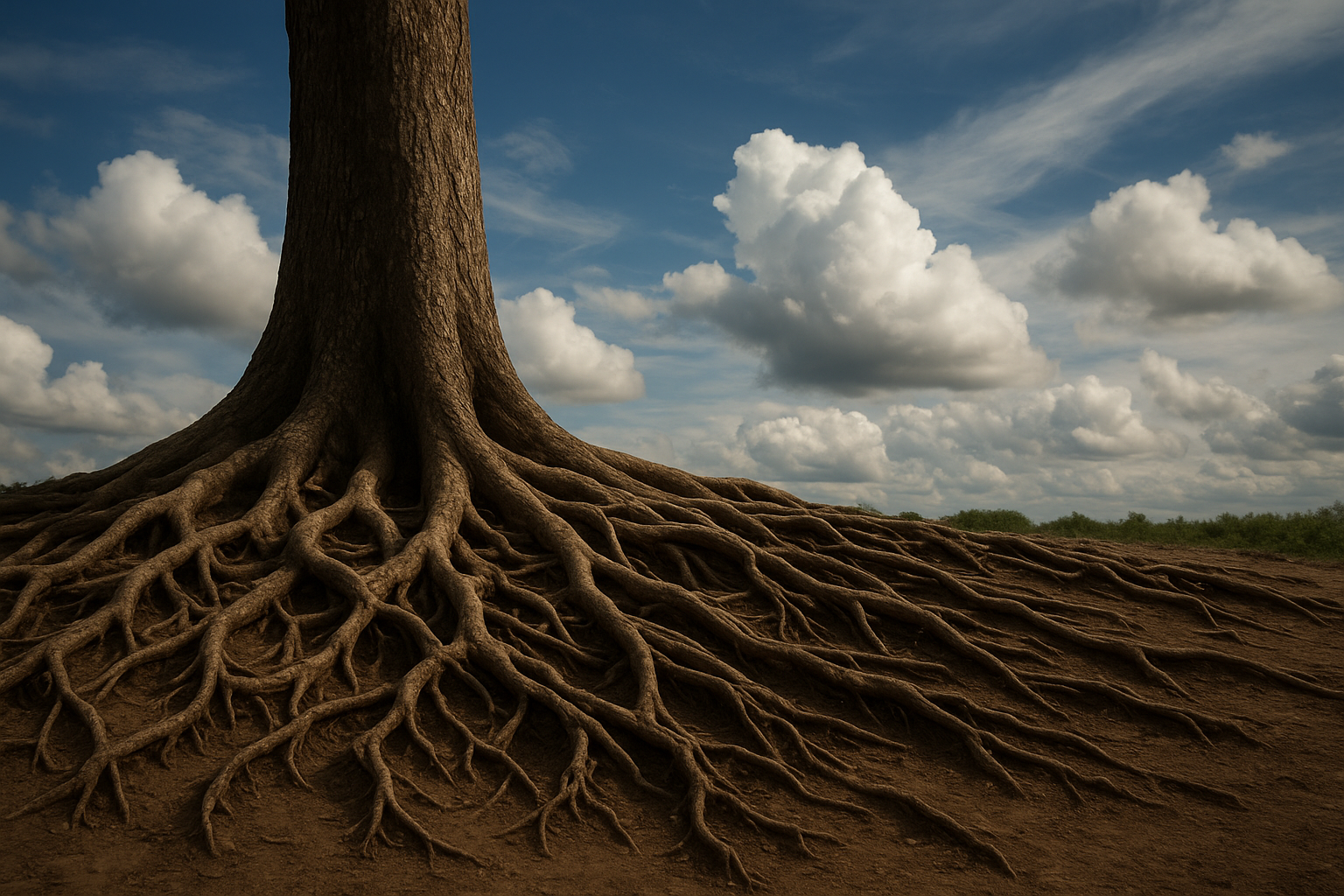Roots of the Way: Ancient Echoes of the Primordial Dao
The Dao, or Tao, is a profound concept at the heart of Chinese philosophy and religion, emphasizing a harmonious, balanced way of life. In its essence, the Dao is an all-encompassing force that pervades the universe, an idea reminiscent of the natural order. The depth of the Dao lies in its ancient roots, which continue to resonate in modern times, providing guidance and insight into the nature of existence.
The Timeless Essence of Dao
The origins of Daoism (or Taoism) trace back to the 6th century BCE, primarily attributed to the sage Laozi, traditionally credited as the author of the seminal text, the Tao Te Ching. The opening lines of this work encapsulate the elusive nature of the Dao:
“The Dao that can be told is not the eternal Dao; The name that can be named is not the eternal name.”
(Source).
This cryptic passage highlights the Dao’s ineffable quality, suggesting that while the Dao can be experienced, it is beyond comprehensive articulation. Thus, it invites introspection beyond intellectual understanding.
Principles of Daoism
The foundation of Daoism is based on core principles that reflect the harmonious balance of the universe. From ancient philosophy, these principles can be distilled into several primary tenets:
- Wu Wei: Often translated as ‘non-action’ or ‘effortless action,’ this principle encourages an approach to life that is aligned with the natural flow of the universe.
- P’u: Meaning “the uncarved block,” it signifies simplicity and a state of pure potential, free from the burdens of over-complication.
- Yin and Yang: This concept reflects the dualistic nature of existence, representing opposing yet complementary forces that are essential to harmony.
Modern Reflections
In today’s world, the teachings of the Dao are revisited for their timeless wisdom. In a modern context, Daoism encourages mindfulness and a return to simplicity, advocating for a life in accord with nature. As renowned scholar Edward Slingerland recounts, Daoism suggests that “there is something wrong with the way we habitually use our willpower, that it ends up creating friction and stress rather than liberation” (Source).
The enduring appeal of Daoism lies in its universal applicability, transcending cultural and temporal boundaries. By exploring the roots of the Dao, individuals can uncover a path toward a more balanced and fulfilling existence, resonating with the echoes of ancient wisdom.


